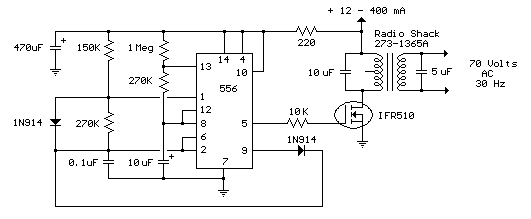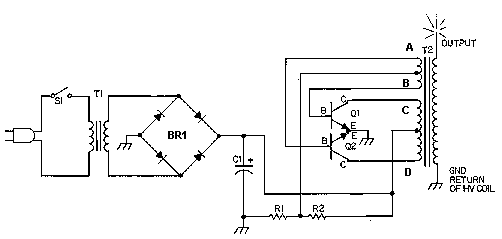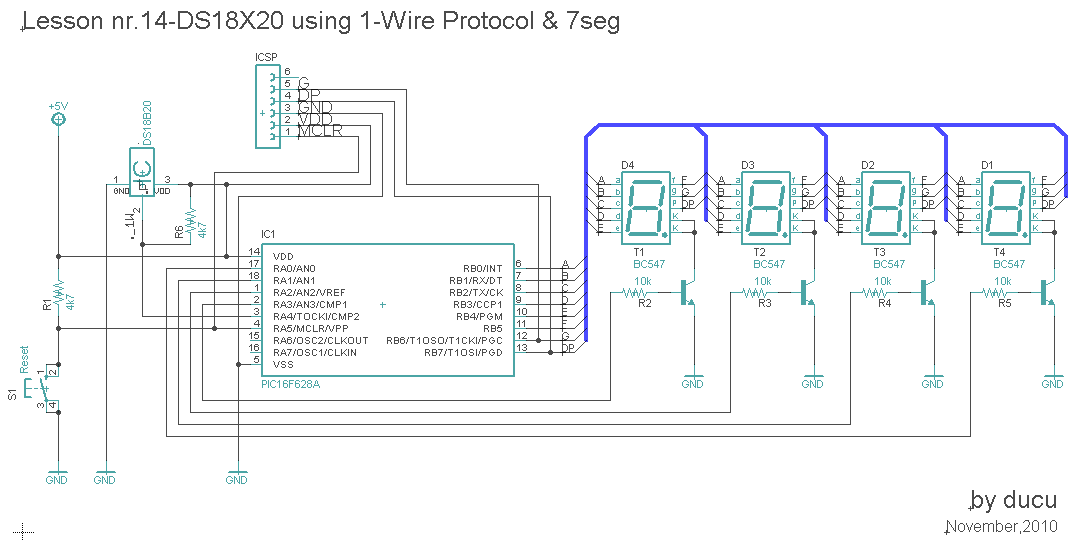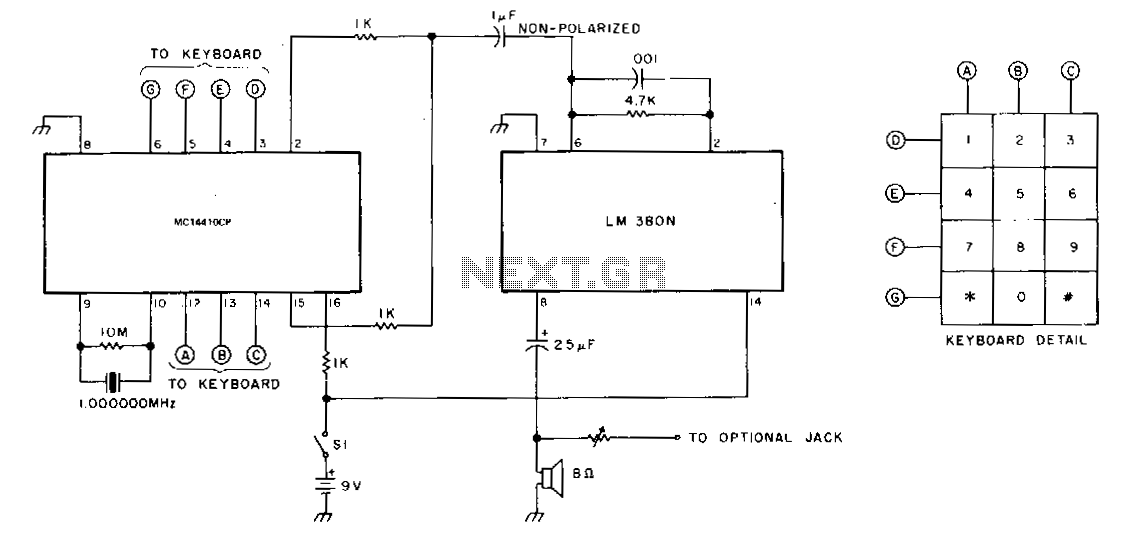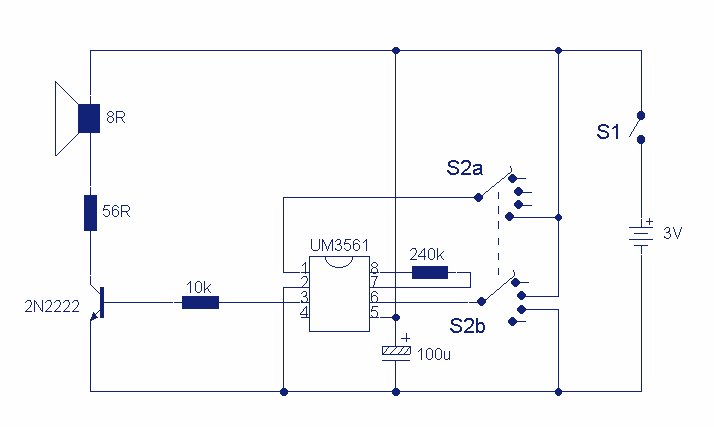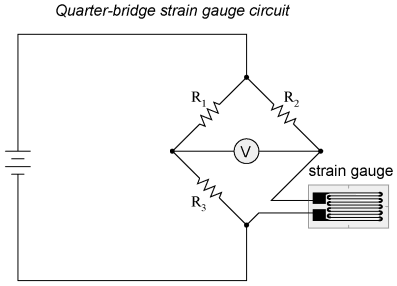
Bells Ring Generator using MC14106 or 40106 Hex Schmitt Inverter IC
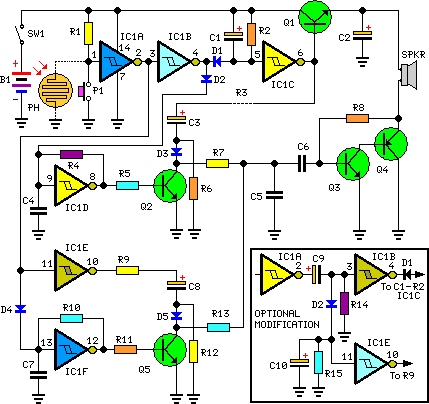
This bell ring generator utilizes the MC14106 or 40106 hex Schmitt inverter IC to produce a dual-tone ringing sound akin to that of standard doorbell units.
The circuit design of the bell ring generator is centered around the MC14106 or 40106 hex Schmitt inverter IC, which is known for its ability to provide stable and noise-immune switching. The dual-tone output is achieved by configuring two of the inverters to operate in an astable multivibrator mode, generating square wave signals at different frequencies. The output frequencies can be adjusted by varying the resistor and capacitor values connected to the inverters.
To construct the circuit, the following components are typically required: the MC14106 or 40106 IC, resistors, capacitors, and a speaker or piezo buzzer for sound output. The resistors determine the timing characteristics of the oscillators, while the capacitors influence the frequency of oscillation.
The circuit can be powered by a standard DC power supply, ensuring that the voltage remains within the operating limits of the IC. Additionally, a diode may be included to protect the circuit from potential back EMF generated by the speaker or buzzer when it is switched off.
Overall, this bell ring generator circuit can be implemented in various applications beyond doorbells, such as alarms and notification systems, providing versatility in sound generation. The dual-tone feature enhances the auditory signal, making it more distinguishable and pleasant to the ear. Proper layout and component selection are crucial for ensuring optimal performance and reliability of the circuit.This Bells Ring Generator using MC14106 or 40106 Hex Schmitt Inverter IC generates a dual-tone bells ringing similar to most door-bell units.. 🔗 External reference
The circuit design of the bell ring generator is centered around the MC14106 or 40106 hex Schmitt inverter IC, which is known for its ability to provide stable and noise-immune switching. The dual-tone output is achieved by configuring two of the inverters to operate in an astable multivibrator mode, generating square wave signals at different frequencies. The output frequencies can be adjusted by varying the resistor and capacitor values connected to the inverters.
To construct the circuit, the following components are typically required: the MC14106 or 40106 IC, resistors, capacitors, and a speaker or piezo buzzer for sound output. The resistors determine the timing characteristics of the oscillators, while the capacitors influence the frequency of oscillation.
The circuit can be powered by a standard DC power supply, ensuring that the voltage remains within the operating limits of the IC. Additionally, a diode may be included to protect the circuit from potential back EMF generated by the speaker or buzzer when it is switched off.
Overall, this bell ring generator circuit can be implemented in various applications beyond doorbells, such as alarms and notification systems, providing versatility in sound generation. The dual-tone feature enhances the auditory signal, making it more distinguishable and pleasant to the ear. Proper layout and component selection are crucial for ensuring optimal performance and reliability of the circuit.This Bells Ring Generator using MC14106 or 40106 Hex Schmitt Inverter IC generates a dual-tone bells ringing similar to most door-bell units.. 🔗 External reference
